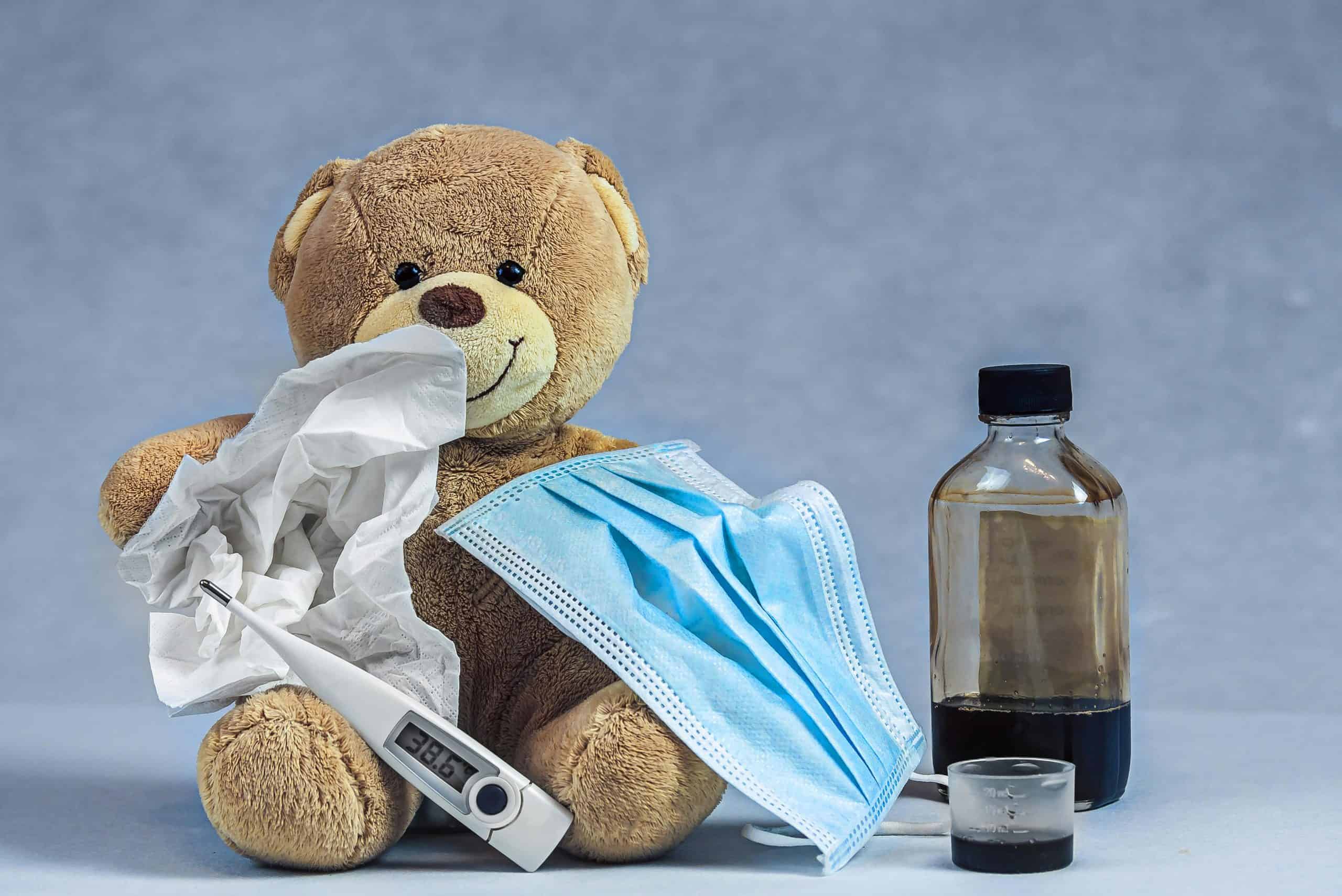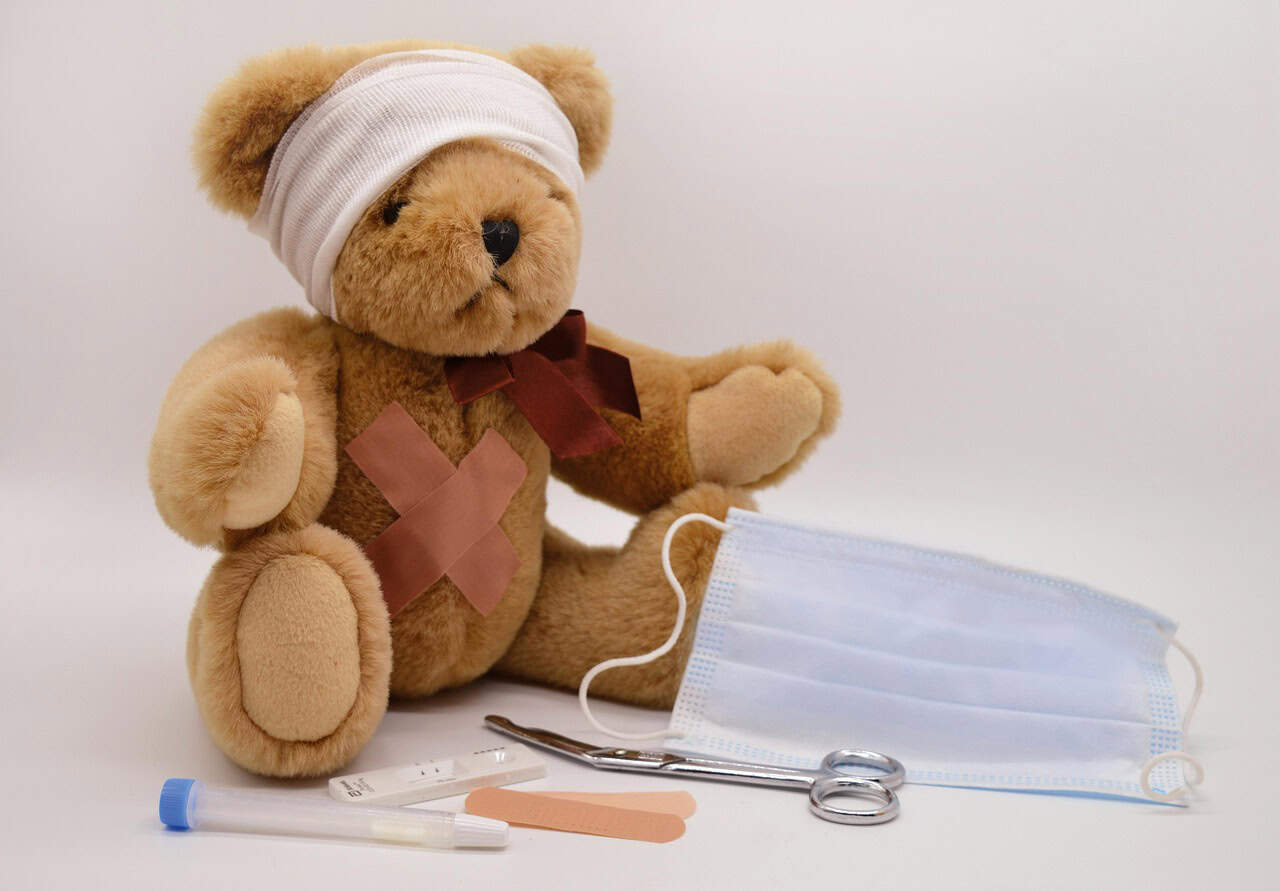How to Protect Your Family from RSV This Fall 2025: Prevention Tips & Early Signs
Respiratory syncytial virus (RSV) is a common seasonal illness that often flies under the radar until symptoms become serious. Known for its impact on infants and older adults, the virus spreads easily and can lead to complications if not properly managed. As respiratory health takes center stage during colder months, understanding how RSV works—and who’s most at risk—can help prevent unnecessary illness and keep communities safer.
What to Know About RSV: Causes, Risks, and Prevention
Respiratory Syncytial Virus, commonly known as RSV, is a seasonal virus that affects the lungs and breathing passages. While often associated with infants, this virus can impact individuals of all ages and tends to surge during colder months. Understanding how it spreads, who is most vulnerable, and what steps can be taken to reduce risk is essential—especially as awareness grows around respiratory health.
What Is RSV and Where Does It Come From?
RSV is a common virus that infects the respiratory tract. It spreads through droplets when an infected person coughs or sneezes and can also live on surfaces for several hours. It is part of a larger group of viruses that cause cold-like symptoms, but it can lead to more serious complications in certain populations.
The virus typically circulates in the fall, winter, and early spring. Outbreaks often occur in schools, daycare centers, and nursing homes—places where close contact is frequent and hygiene may be harder to maintain.
Who Is Most at Risk for RSV?
While it can affect anyone, certain groups are more likely to experience severe symptoms:
- Infants and young children, especially those under 6 months of age
- Older adults, particularly those with underlying health conditions
- Individuals with weakened immune systems
- People with chronic lung or heart conditions
In babies, this virus is a leading cause of bronchiolitis and pneumonia. For older adults, it can exacerbate existing respiratory issues and lead to hospitalization.
Signs and Symptoms of RSV
Symptoms often begins with mild symptoms such as:
- Runny nose
- Coughing
- Sneezing
- Fever
- Decreased appetite
In more serious cases, symptoms may progress to wheezing, difficulty breathing, or dehydration. Monitoring symptoms and seeking medical attention when necessary is key to preventing complications.
Current Tips for RSV Prevention

Prevention involves a combination of hygiene practices and awareness:
- Wash hands frequently with soap and water
- Avoid close contact with sick individuals
- Disinfect surfaces regularly
- Keep infants away from crowded public spaces during peak season
- Consider immunization options for high-risk groups, as recommended by healthcare providers
These steps are especially important during the colder months when RSV activity tends to increase.
Final Thoughts
RSV is a highly contagious virus that can lead to serious respiratory illness, particularly in vulnerable populations. Staying informed about how the virus spreads and taking proactive steps to reduce exposure can make a significant difference. As with any health concern, consult a licensed medical professional for personalized advice and treatment options.
This article is for informational purposes only and does not constitute medical advice. Always consult a healthcare provider for diagnosis and treatment.





